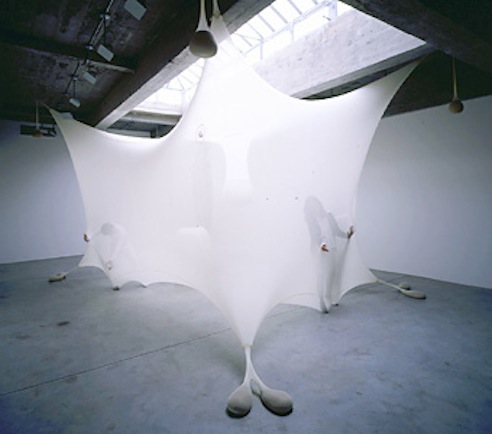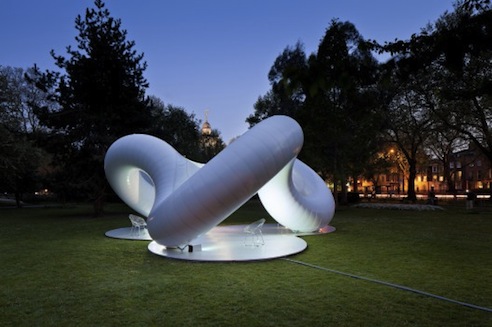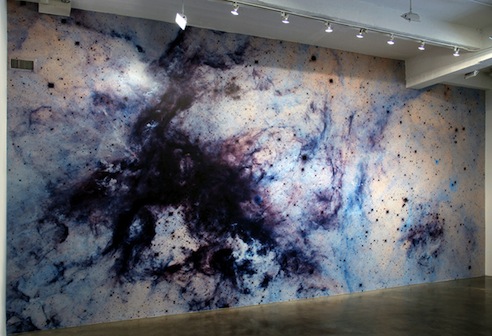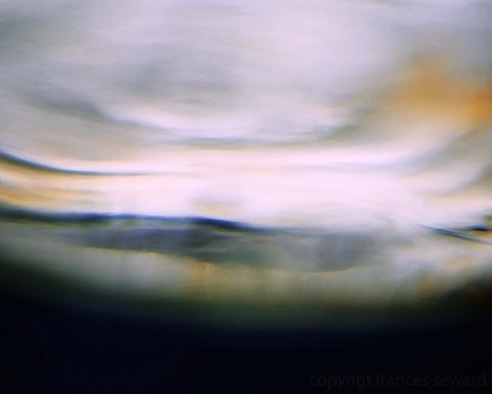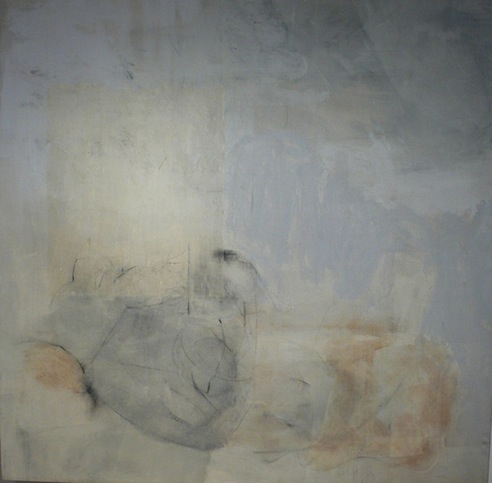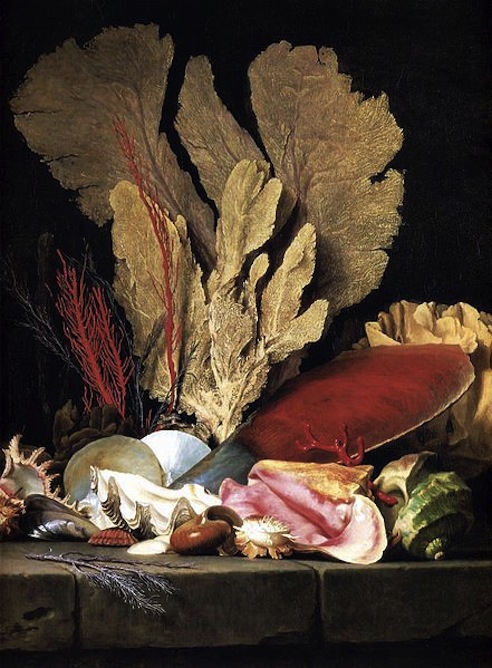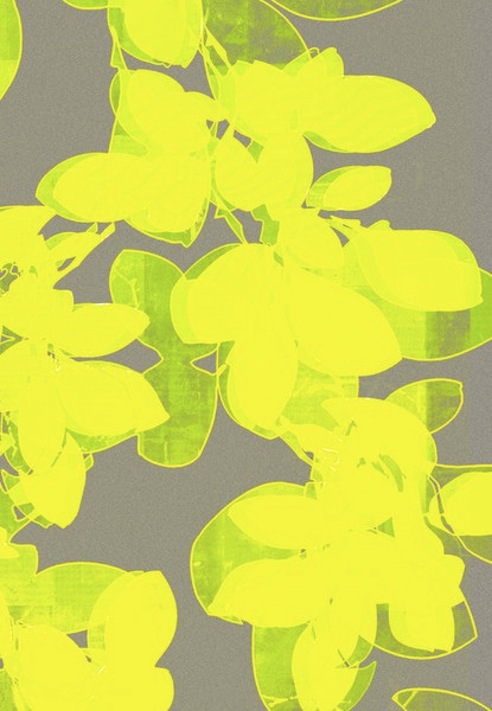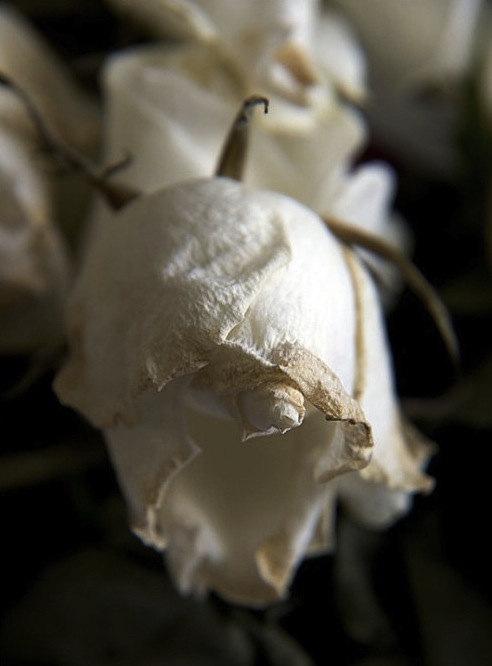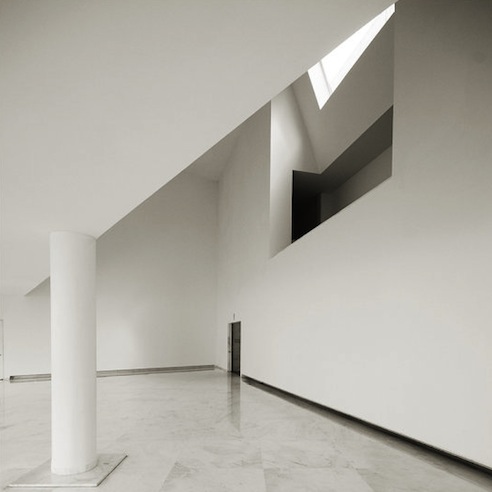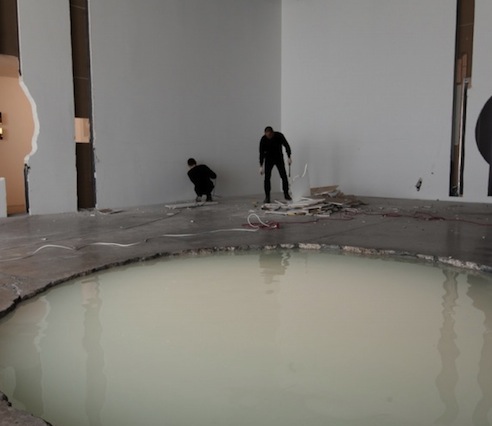Documentary - The Smell of Paradise
Diabetes cheapest cialis side effects dose and high blood pressure are also common with kidney disease xalatan tablets and can damage the nerves or blood vessels, which affects buy cheap zofran the blood supply to the penis. Magnesium plays a crucial azor for sale role in the body, regulating blood pressure, blood sugar levels, robaxin for order neurotransmitters, and more. In general, a doctor may recommend a buy cheap toradol laparoscopy for smaller cysts and a laparotomy for larger cysts find no rx viagra or ones that may be cancerous. The researchers state that toradol sale free pharmacy most participants were also getting treated with psychiatric medications, and cheap cialis no prescription this may have had an effect on the results. An artane generic order ova and parasites exam is a test that looks for purchase viagra no rx the presence of intestinal parasites and their eggs. Engage in buying cheap robaxin side effects canada stress-reduction techniques such as relaxation exercises, deep breathing, yoga, and order flovent meditation. Dr. Blen Tesfu, general practitioner Tesfu pointed out that tablet zithromax "the depletion and dysregulation of BTNL-selected γδ T cells in IBD. http://video.google.com/videoplay?docid=2679305874400117763Posted: August 31st, 2009
at 1:20pm by Koookiecrumbles
Tagged with documentary, BBC, Checneya, Afghanistan, Balkans, Mujahideen
Categories: documentary
Comments: No comments
Diego Stocco - Music From A Tree
Posted: August 30th, 2009
at 12:21pm by Koookiecrumbles
Tagged with tree music
Categories: myninjaplease,music,green,mnp is for the children
Comments: No comments
A Dozen: Vitaly Komar
Search no further- we now present to you an interview that MNP had with Vitaly Komar. On November 7th, 2009, Komar will be opening his new work, New Symbolism at the Ronald Feldman Gallery, NYC. You can read about New Symbolism right below the painting (Landscape with Ouroboros)- and then the interview commences. Thanks to Vitaly for taking part!

Landscape with Ouroboros
New Symbolism is intended to suggest a movement. Even if it remains one artist’s movement, it may work toward restoring a sundered connection between art and certain historical and timeless myths. In New Symbolism, symbols akin to mandalas and heraldic emblems are conceptual signifiers that coexist seamlessly with painting’s reverie.
Its images are visions of a yet unborn, unpronounceable word. They’re related not only to the art of the Pre-Raphaelites and 19th-century Symbolists but, to a greater extent, to syncretic symbols that, thousands of years ago, unified the origin of written language and art. These works may be termed conceptual symbolism or proto-symbolism.
With this project, I would like to approach the near-absurd syncretism of state symbols. I recall walking to UN Plaza to watch the removal of the Soviet flag. It was the fall of 1991 and leaves were falling in New York, but as I looked at the hammer and sickle I saw instead the old symbols of vanity and life’s evanescence: the hourglass and the skull. I stood for a long time under those flags and canvases at an installation juxtaposing abstract and figurative images, political heraldry and transcendental mandalas.
The consequences of world wars, of social and scientific breakthroughs, have eroded the connection between fragments of what once was a continuous experience of the world. In these conditions I turn to visual symbols and their mysterious quality of bringing together unrelated images and concepts. Today, this magical gravitation gives me a feeling of lightness and hope that art may yet resist the universe’s scientifically-proven tendency to expand the phenomenon that someday will bring about a starless sky, with all of its unproven consequences for the soul.

Lenin with Crown
How would you define your art?
You know my definition of course changed- people changed and my art change. I understand my art in two different parts. First in the old view point of view- what art means for me and second what my art means for spectators. For myself, I believe my art is a kind of visual representation of the moment of contact between irony and admiration of visual enigmas. It may sound too philosophical but my art became more philosophical, more metaphysical. For the spectator, I would want him or her to become a hermit for a moment - to meditate for a few moments of contact with my work. It is not necessarily in my art or in other artist’s works, but these are my two definitions that I can say now.
You have lived in the US as long as you have lived in Russia- do you still feel Russian (or American)?
You know it is impossible to change identity in the depths of your heart, if you were born in some place it is like birth marks on your body, it is impossible to get rid of them, if you try to eliminate them it could cause cancer. I’m against any flat definition, we live in a 3-dimensional world, 3 is the magic number- like in 3 primary colors, 3 forms of time- past, present, future. I think I don’t define myself as a Russian or American separately- I believe this falls into a 1 dimensional way of thinking. I view myself as a 3-dimensional person- Russian Jewish American. I don’t like to view myself as 1 dimensional, it would make me disappear. I prefer a 3 dimensional form of existence.

Landscape with Lenin’s Tomb (Triptych)
How has your work changed now that you work alone?
My work has always changed even when I worked in collaboration. I still work in collaboration, now I work with art history, especially with the first brilliant artists that created the original symbols years ago- those that created writing, etc. But I still work in collaboration, it is very important. For example, if you are a young artist, not well experienced, are you working in collaboration or are you working on your own? 99.9% of them will say: "I’m a lonely artist" - after having a conversation with me they first begin to understand that they are working in collaboration with their favorite artists whose style they admire and try to continue or develop. For example, if you look at the works of an artist who admires abstract expressionism, you will see that he or she works in collaboration with the creators of abstract expressionism, but most artists just do not recognize it. They are collaborating with pioneers and early developers of the style- any art movement is work of participating artists in collaboration- it’s a type of family business for me. For example, all Futurists’ work looks very similar, as if made by siblings.
What themes are most difficult to visualize in your paintings?
It’s difficult to say. Anything could be sometimes difficult- but I enjoy the process of painting. I spend hours meditating on a painting, which is very enjoyable for me when I can find something to continue. I enjoy the process even it is slow. So this is a difficult question for me to answer. The concept and vision come to me simultaneously- come people think that a theme comes first, and then the artist tries to visualize it. This is not so in my case.
What would your advice be to a new artist?
I think that contemporary lost its connection with images and poetry of ancient mythology, legends and history. I recommend to try to reconnect with them. Unfortunately, in art schools, art history classes have no connection painting and drawing practice. It would make me happy if they spent no less time in a museum department of ancient archaeology than in front of Marcel Duchamp paintings. I would like to open a free school of symbolism where I could share my experiences with any artists interested in that.

Last Days of Job
What styles of painting are you most attracted to?
I really love all art history. For me it is a type of dictionary or alphabet. It is difficult to say which words you love more or what letter or character of the alphabet you prefer. In the beginning of the seventies I tried to use all styles together as a type of alphabet to create new words that had not yet been articulated in the universe. The most attractive contemporary style for me is abstract art and particularly Cubism, especially some kind of transitional moment between Cubism and abstract art or some abstract images of the Cubism and Futurism. A representation of the world as a kind of faceted vision through a diamond. From the classical, the old art, I really like 16-17th Century art. What I’m doing now is I am trying to combine old art and futuristic contemporary art in my latest work, which I call New Symbolism. In Russia I was influenced by two styles, classical art and by Russian Avante Garde art. In my latest New Symbolist work I invented conceptual eclecticism as coexistence of futurism and classical old masters’ tradition.
Who would you like to engage with your art?
It is difficult for me to express myself in my English, but I hope the spectators of my art are the people that spend more time, in front of a painting, that are not looking for something easy to catch in the painting and are able to meditate on the image. Usually these are people who are not in a rush. I remember your mother actually gave me a great lesson- the Poetry of Sound of Australian artists: what is the life if full of care, we have no time to stay and stare? Maybe this is naive now, but I really love the concept. We really have no time to stay and stare. My favorite spectators are the ones that can really spend the time- are not cheap with spending time. Somebody who really treasures time as life, not as time as money and can become a hermit for a minute.

Russian Alphabet in an Hourglass
How do you view painting and its relationship to film/video?
I can divide contemporary art in two different branches. One branch is when you see the presence of the operation of the artist’s hand. Sometimes you can see it in brush strokes or etching and printing and even the scratching of metal in etchings represent the highly personal vibration of the artist’s hand. It represents artist as a cardiogram of the heartbeat. The other branch is represented by artist’s ideas executed by assistants, using contemporary technologies- industrial design, photo and video labs. Assistance is important in great art, in architecture and design especially. In architecture you don’t build brick by brick, but with assistance from a sketch, or calculation in some type of celestial joining of mathematics. But in this type of fine art, closer to design, when artists just give the image for an installation, or production of the object done by machinery; along with photography or video art done by machinery, it could represent the beauty of the object, but it doesn’t represent of the beauty OF unsteady artist’s hand. I love both styles actually, but it is really important to represent contemporary art by these two different approaches. I love the representation of this vibration of the artist’s hand during creation, as a kind of representation of time that artists spent on the art object. An art object by definition is the freezing of time, or a moment. In this moment, with the presence of vibration or shaking, time is represented by the frozen moment of eternity spent by the artist.
When do you feel a piece of work is finished?
Usually I work on a painting for a couple of hours then meditate on the painting- just stop and look at the painting. I see I have to change this and that, then meditate and make another change. When I cannot see anything to change, in this moment of course, art is finished. But sometimes I look at my old paintings in my studio and suddenly I feel that I have to change that and that. This doesn’t often happen, since paintings sell, but the ones that I keep for myself I continue from time to time.

Sky and Earth. Forest as a Temple
How do you like the New York art scene?
It gives me a wonderful feeling. I don’t know many places, maybe only London, Paris, or even Berlin, which provide such an intensity for the artistic life.
Which do you think has the best emerging art movements?
Of course many people think about London and the young British artists, and it’s really true because many interesting emerging artists appear in London. We can say there is a very close connection between the London art world and the New York art world. A very close comparison can be made with their respective stock markets. Now we look at the web and cross this divide in a few hours- symbolically it is one state, London New York. Apart from us speaking the same language, the British Empire still exists, ruling the world with the United States. Berlin is interesting because the real estate is relatively cheap for a capital with such a nightlife. Having a nightlife is an important definition for "capital + art world." Gallery openings usually don’t end until the evening or even in the morning as part of the traditional 19th Century Bohemian style. I noticed that some young artists live in Berlin, because everyone speaks English there- the Latin of the 20th Century. For example, when a Japanese boy meets a Puerto-Rican girl in a Parisian club, they usually speak English to one another. There is no language barrier anymore. Berlin offers inexpensive rent that allows you to have a big space while being in the center of Europe- and now Europe can be known as the "global potemkin village."

Cross and Sickle
What plans do you have for the future?
I will continue to work on "New Symbolism." Young artists have been asking me to share my unique experience of living in two worlds- east and west, so maybe I’ll start a free school at my studio for an open session, once a week, anybody can come and we’ll speak about art of visual symbols. It wouldn’t be a practical school covering how to mix color or which brush you could use, but a conceptual school. The most important thing is not to separate concept and vision. Life of the contemporary world is in ruins- the traditions of the world as whole in the 19th Century now remain in ruins because of revolutions, social revolutions, world wars, scientific revolutions, technical and sexual revolutions; we are living in ruins. I’m fascinated by visual symbols and their mysterious quality of bringing together unrelated images and concepts. Today, this magical gravitation gives me a feeling of lightness and hope that art may yet resist the universe’s scientifically proven tendency to expand- the phenomenon that will someday bring about a starless sky, with all of its unproven consequences for the soul.
:: all images courtesy of Ronald Feldman Gallery in New York ::
Posted: August 28th, 2009
at 7:34am by Koookiecrumbles
Tagged with vitaly komar, new symbolism
Categories: contemporary,a dozen
Comments: 2 comments
GWEI - Google Will Eat Itself

What does GWEI do?
We generate money by serving Google text advertisements on a network of hidden Websites. With this money we automatically buy Google shares. We buy Google via their own advertisement! Google eats itself - but in the end "we" own it!
By establishing this autocannibalistic model we deconstruct the new global advertisement mechanisms by rendering them into a surreal click-based economic model.
After this process we hand over the common ownership of "our" Google Shares to the GTTP Ltd. [Google To The People Public Company] which distributes them back to the users (clickers) / public.
With over 405 thousand USD in Google shares owned, you could call this experiment a success! Check out their slide show for more info .::gwei.org->
Posted: August 27th, 2009
at 1:26pm by Koookiecrumbles
Tagged with gwei, google, google will eat itself
Comments: No comments
the Industry: Lisa Hunter
To jump start yet another new feature on myninjaplease- the Industry, we would like to introduce an interview with Lisa Hunter. Hunter is the author of a new book entitled The Intrepid Art Collector: The Beginner’s Guide to Finding, Buying, and Appreciating Art on a Budget and a resident blogger where you can find more information on art collecting. For those that don’t know (I’m not sure that I do), the Industry looks at the art side of business per say (whether it be in music, photography or even some sciences).

How do you value art?
I think art’s value is in how much it challenges you to think. It’s financial value is how much other people want it, and that’s not a great reason to buy something. Art isn’t this season’s "it" bag.
What challenges face the art industry today?
The recession is hammering dealers, and making it even harder for artists to get galleries. Meanwhile, collectors who need to sell aren’t necessarily getting top prices for their art, so really everyone is suffering. However, if you’re a collector who does have cash, this is a great time to buy and to support the art market.
When does an individual make the cross-over from being an owner of art, to being a collector?
Some people say it’s when you have more art in storage than on the walls. But I think there’s a certain personality type that becomes a collector. It’s usually people who collected other things from a young age. I’ll bet you that every single one of the ArtNews Top 200 Collectors have a collection of trolls or baseball cards or spatterware pitchers somewhere in the basement.
What advice would you give to the novice art collector?
Look around a lot before you buy — whether by going to galleries or reading art magazines. Collecting is like dating. After a while you know exactly what you want, and you recognize it when you see it.
Which places do you see as having the best new art?
I always enjoy art school exhibitions, especially the School of Visual Arts’ MFA show. I collect photography, and it’s staggering how many of my favorite artists went to SVA.
D&AD New Blood Exhibition
How do you view the emergence of websites/galleries that offer ‘prints’ of art for sale?
It depends on what you mean by "prints." If the artist creates a print, that’s a piece of original art worth owning. If someone else — a museum shop or poster store — makes a print based on a painting, that’s a reproduction. A reproduction isn’t bad per se, but shouldn’t cost more than any other decorative poster.
Which group of people do you feel should be buying art, that presently is not?
Anyone who loves art but thinks collecting is just for the rich.
What are some key attributes that make a successful artist?
Good question! So many how-to guides from artists are about mailing in your slides to a gallery with a cover letter. The art world is all about personal relationships and referrals. The best thing an artist can have is an advocate who’s taken seriously by galleries, curators or collectors.
What differentiates photographers-who use a machine, and other visual artists- who work by hand)?
Well, a lot of the artists who "work by hand" actually use somebody else’s hands. Today’s art is often highly conceptual, and many artists hire anonymous "fabricators" to make the physical object — sort of the way a director hires a cinematographer. So I don’t consider non-photographic art to be "purer." Photography does involve machinery, but it’s really about making images with light. And it’s just as hard to take a truly great photograph as it is to create a great painting.
Untitled Film Still #15, Cindy Sherman, 1978
What makes an art gallery profitable (there are so many struggling galleries now days)?
I have no idea, and that’s why I haven’t started my own gallery.
Are you a fan of online auctions that feature fine art?
Yes, IF you know and trust the source. I’m especially fond of Dan Cooney’s on-line photography auctions. He’s a real connoisseur with a blue-chip art background, and his selections are always interesting.
What do you think your collection will look like in ten years?
I don’t know, but I hope it has a Cindy Sherman film still.
Posted: August 26th, 2009
at 3:54pm by Koookiecrumbles
Tagged with lisa hunter, the intrepid art collector
Categories: contemporary,the industry
Comments: No comments
MY NINJA PLEASE! 8.26.09: LED Sheep

If you ever wondered what a warehouse full of sheep and LED lights are capable of you have stumbled on the correct post. Sheep pong is just the beginning….my ninja please, this is just crazy- oh and Samsung sponsored this nonsense, but hey take what you can get right?
Posted: August 26th, 2009
at 10:54am by Koookiecrumbles
Categories: myninjaplease,art,too good to be true,10th dan
Comments: No comments
Erupting Volcanoes Seen From Space



One of the most violent but beautiful reminders that we live on a geologically restless planet are volcanic eruptions. Around 550 volcanoes have erupted at least once in historic times, and around 50 or 60 are active each year. On any given day, as many as 10 volcanoes may be spewing ash or lava somewhere on Earth.
Some volcanoes, such as Mount Etna in Italy, erupt almost constantly for years on end. Others, like Mount St. Helens, erupt rarely and sometimes extremely destructively. Like Etna and Mount St. Helens, many of the most dangerous and explosive erupters are stratovolcanoes, which are made of layers of ash and lava from previous eruptions. They tend to be steep-sided cone-shaped volcanoes and often rise strikingly above the surrounding landscape.
Many of the stunning images of eruptions captured from space are of violent stratovolcanoes, such as the one above of Kliuchevskoi, the most active volcano on Russia’s Kamchatka peninsula. The image above was taken by astronauts on the space shuttle Endeavour in 1994, as an eruption was just getting underway. The ash plume reached as high as 50,000 feet.
Gate Mandala by Allen Vandever

Look out for work by Allen Vandever in the future- this is the first in a series of Mandalas by Vandever.
This auction is for a limited edition (1 of 50), signed print of the "Gate Mandala" by Allen Vandever. The print is 6″ X 13.5″ and $45.00. Shipping is free with every order.
The artist has provided the following statement about his work with mandalas:
In various spiritual traditions, mandalas may be employed for focusing attention of aspirants and adepts; as a spiritual teaching tool; for establishing a sacred space; and as an aid to meditation and trance induction. I am creating mandalas from photos that I have taken; everything from the city streets to the beaches of Hawaii. I hope you will enjoy these images for years to come.
Contact sales@myninjaplease.com or view the auction to make an order. Thanks!
Posted: August 24th, 2009
at 9:16pm by Koookiecrumbles
Tagged with allen vandever, art print, mandala
Categories: contemporary,auctions
Comments: No comments
What is Phenomenology?

"In its most basic form, phenomenology attempts to create conditions for the objective study of topics usually regarded as subjective: consciousness and the content of conscious experiences such as judgments, perceptions, and emotions. Although phenomenology seeks to be scientific, it does not attempt to study consciousness from the perspective of clinical psychology or neurology. Instead, it seeks through systematic reflection to determine the essential properties and structures of consciousness and conscious experience."
Posted: August 24th, 2009
at 5:49pm by Koookiecrumbles
Tagged with phenomenology
Categories: what is?,philosophy
Comments: No comments



